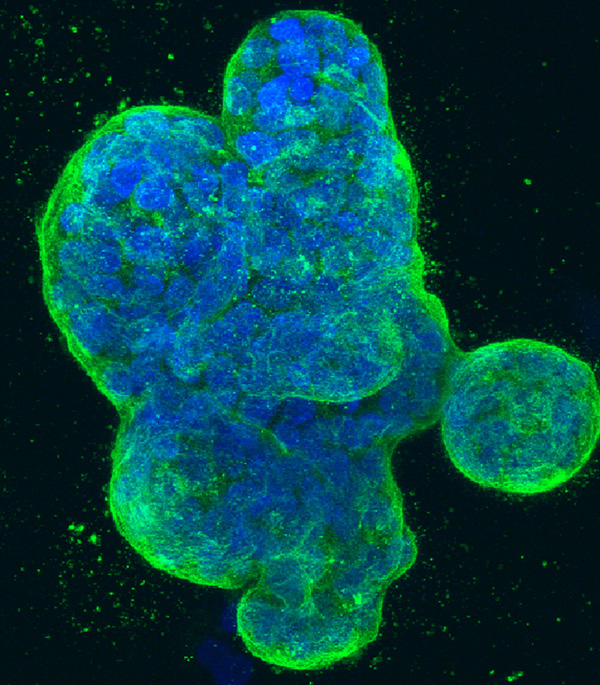Harvard Medical School scientists have developed an improved method for quantifying how sensitive cells are to cancer drugs. The approach works by zeroing in on an important characteristic that current methods do not take into account: the varying rates at which cells divide.
The research team, led by Peter Sorger, the Otto Krayer Professor of Systems Pharmacology at HMS and head of the Harvard Program in Therapeutic Science, published its findings May 2 in Nature Methods. 
Multiple factors can influence cellular growth rate in the lab, ranging from the genetics of the cells to the number of cells in the experimental system to the type of medium in which the cells are grown. The new quantification method developed by the HMS team corrects for the influence of growth rate during experiments on the quantification of drug sensitivity and resistance.
The effects of variation in growth rate, the authors argue, may explain why large-scale drug response data vary from one study to another, making results difficult to reproduce.
“We believe that using growth rate metrics instead of traditional measurements will improve our ability to identify genes and biological processes responsible for drug sensitivity and resistance,” Sorger said.
For precision medicine to fulfill its promise of matching treatments to patients, Sorger and his co-authors said, we must gather accurate information about drug sensitivity and resistance. Their research follows earlier work from the HMS Laboratory of Systems Pharmacology exploring how well drug response is captured in research experiments.
Typically, assays measure the concentration of drug that inhibits growth to the point that the number of cells in a treated sample grown over a period of time is only half the number of cells in an untreated sample grown in parallel; that concentration is known as IC50. In the simplest tests, cells are grown in a lab dish. More sophisticated approaches include growing cells in three-dimensional culture, introducing the cells into a mouse as a xenograft, or taking cells from a patient and introducing them into a mouse, a method known as a patient-derived xenograft.
